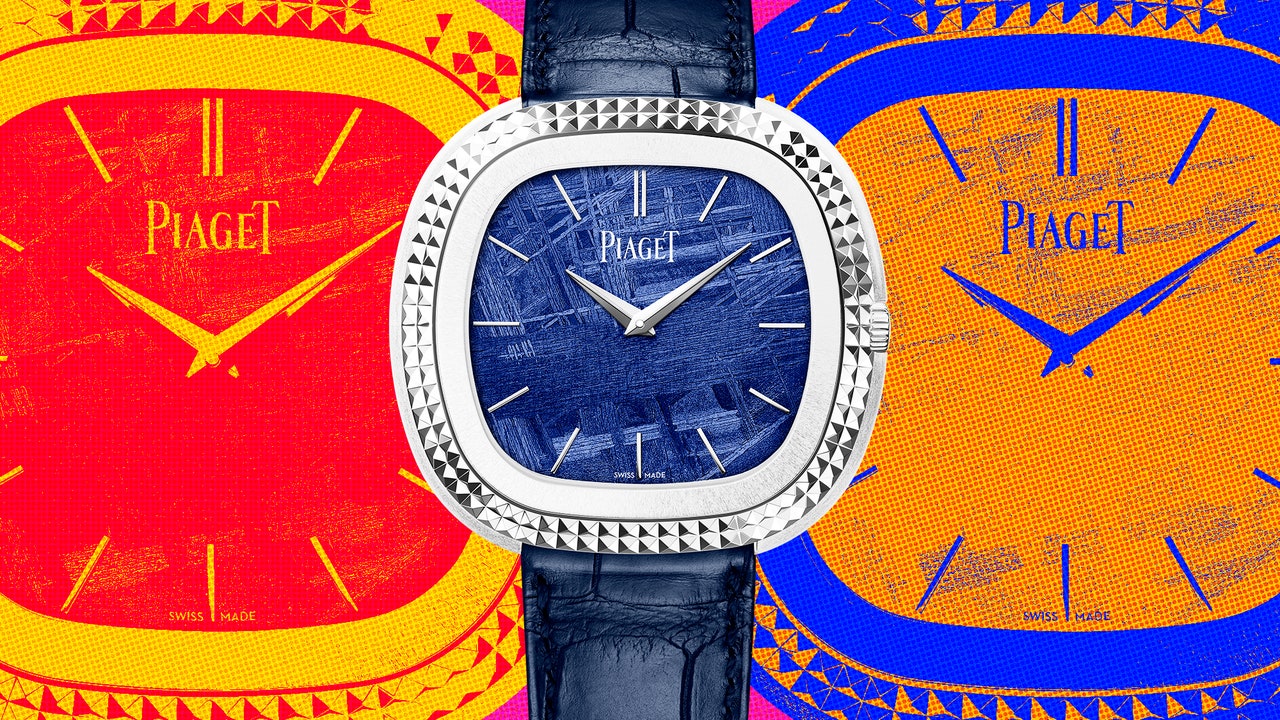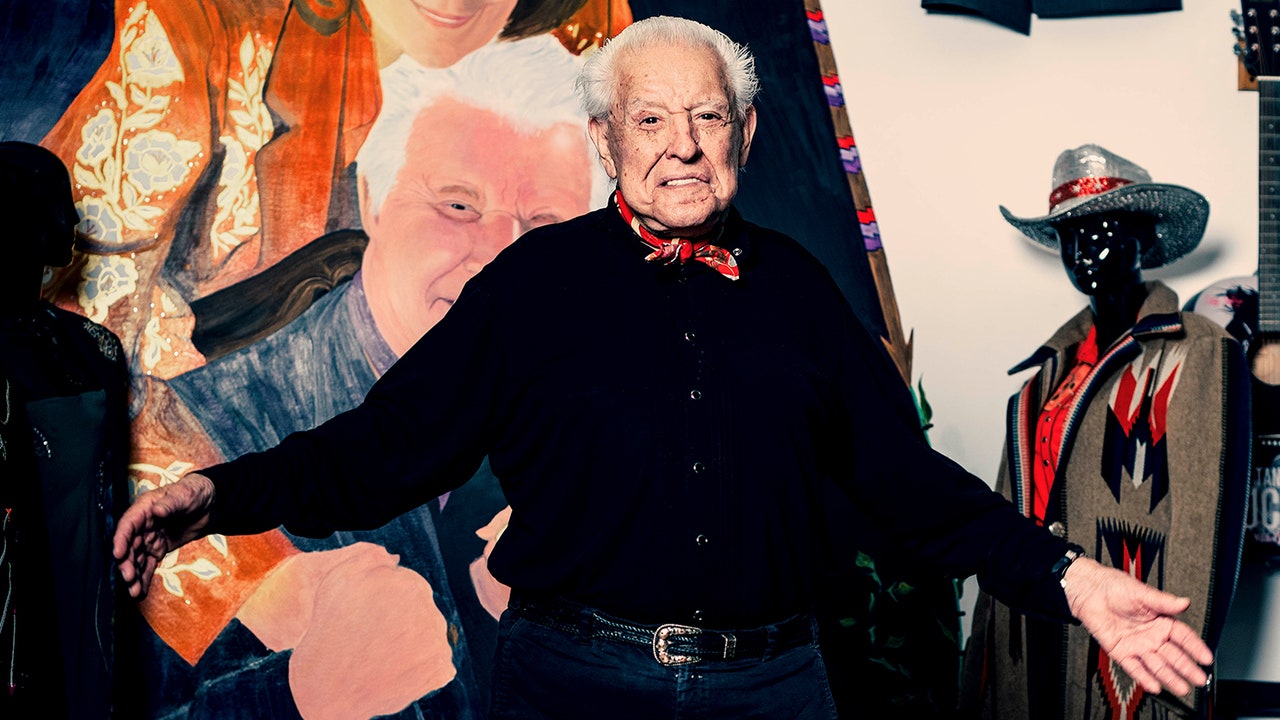Want more insider watch coverage? Get Box + Papers, GQ’s newsletter devoted to the watch world, sent to your inbox every Friday. Sign up here.
Andy Warhol is best known for those Campbell’s soup cans, I guess, but he was also something much cooler: an arbiter of taste in the watch world. People still love to discuss the fact that he never set the time on his Cartier Tank. A few of his Patek Philippe pieces have fetched over six figures at auction. And decades before Piaget came roaring back into style in 2024, Warhol was known for sporting a handsome, cushion-shaped watch from the Parisian jeweler known as the Black Tie. Now, as it wraps up its 150th anniversary celebrations, Piaget is officially relaunching the model as the Andy Warhol, in honor of the artist who helped make it famous.
Really, Piaget is just simplifying matters for collectors with this rebrand: On the secondary market, the Black Tie is already widely referred to as the Andy Warhol. Despite the new moniker, the watch itself hasn’t exactly been languishing in Piaget’s archives for decades on end—it was already in production for some time before this relaunch, with three variations of the model available in the brand’s catalog (though these weren’t previously offered to customers online). In addition to the new name, the Andy Warhol line will receive a more robust personalization program—something that’s near and dear to the heart of Piaget watchmaking. The newly named collection is kicking off with a single model, the Clou de Paris.
The bulbous, oversized Andy Warhol—one of Piaget’s most recognizable case shapes outside of the Polo—was first introduced in 1972 to house the Beta 21 movement, the very first quartz movement developed by and for the Swiss luxury players.The brand’s hand was forced when designing the oversized watch. Brands like Rolex, Patek, Omega, IWC, and Piaget worked in tandem to produce the movement and all went on to use it in their watches. The problem is that the Beta 21 was positively beastly, forcing the companies to come up with creative ways to conceal its mass. With the Black Tie, Piaget concocted arguably the most elegant solution: a stepped case that turned the thickness of the watch into a handsome design.
Warhol purchased his Black Tie in 1973. It’s one of seven Piaget watches we know the artist owned, including the Polo and a ref. 9088 (a secret watch hidden inside a block of gold!). Warhol’s horological legacy is, like his work, a bit off-kilter. He had so many watches: Piagets, Cartiers, Rolexes, and Patek Philippes. A year after his death, Sotheby’s auctioned off 313 watches that were found at his home in New York. Yet despite his status as a prolific collector, the artist is largely tied to the Tank in the public imagination. However, it’s this pillowy Piaget that’s been most closely associated with his name in serious watch circles for years now.







